In the 1960s and 70s the development of executive leadership was a fairly straight-forward process that took place in a relatively stable and less complex environment than we have today.
Today we live in a much different world. New global and cultural realities have rendered traditional approaches to leadership development nearly obsolete. Today’s world of high velocity, discontinuous change demands greater numbers of skilled leaders but challenges the customary ways of developing leadership talent.
Up until the mid 1980s organizations were tall and thin with relatively narrow spans of management, in contrast to today. Increasing competitive intensities forced organizations to become leaner, faster, and more efficient. Growing numbers of “knowledge workers”, enhanced rapidly flowing communication, evolving digital and wireless technologies, and the increasing propensity toward team-based structures all have combined to both widen and diversify the span of control for managers in today’s organizations.
The core principles of leadership development have changed very little between the two business eras described above, but the practical application of those principles must change dramatically. To add fuel to the fire, the very things that make leadership development so challenging are, at the same time, amplifying the need for leadership at every level of every organization. Companies around the world must ask and answer two critical questions:
- What kind of leadership do we need in such an environment?
- How do we develop leaders in this type of environment?
Triaxia Partners assists client organizations in the design and implementation of systems and processes that address these critical questions. We help clients tailor talent development strategies that are aligned with their corporate culture, capabilities, and strategic ambitions as well as reflect the realities of the world in which we must do business.

